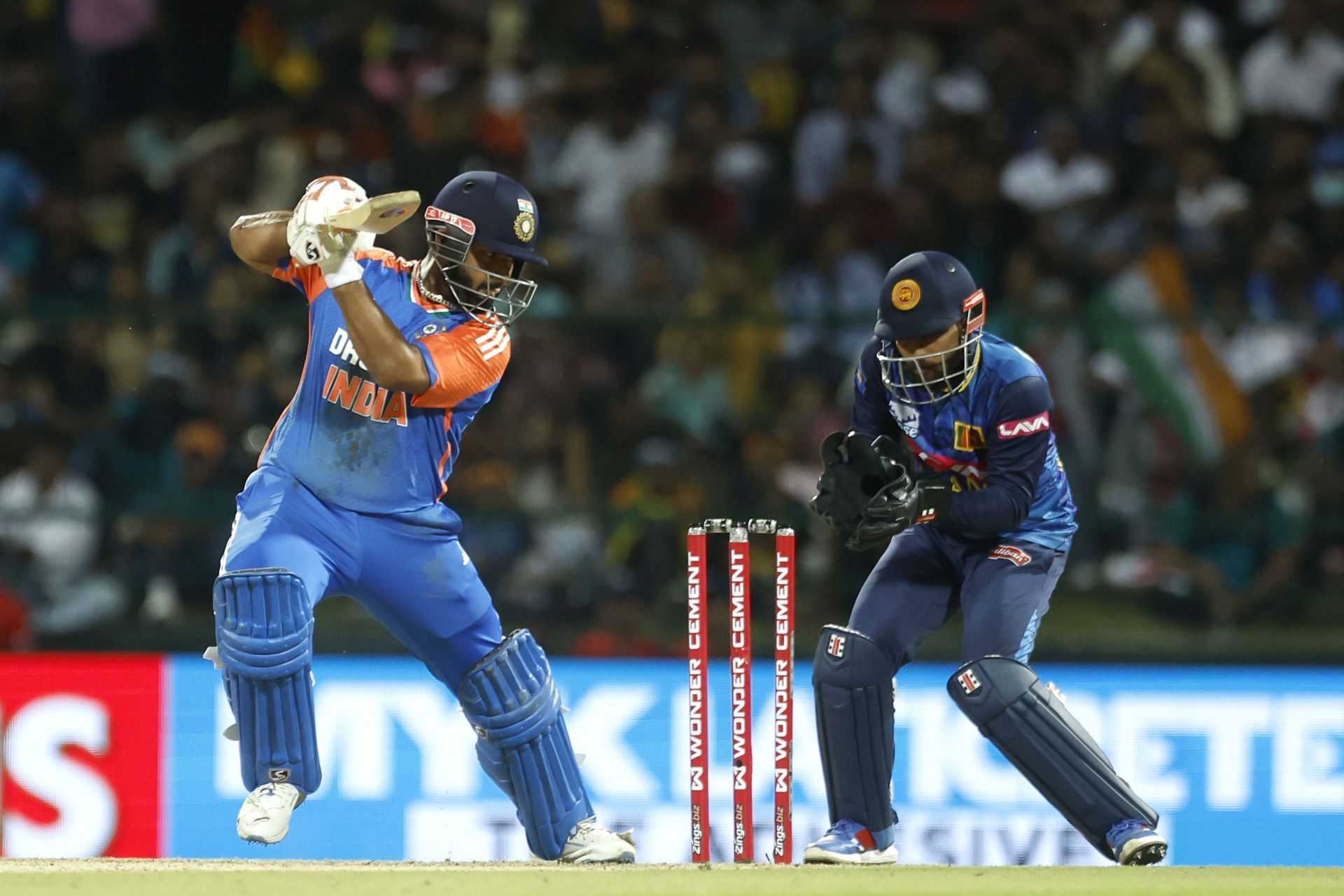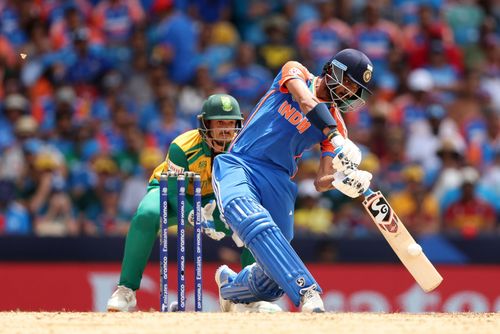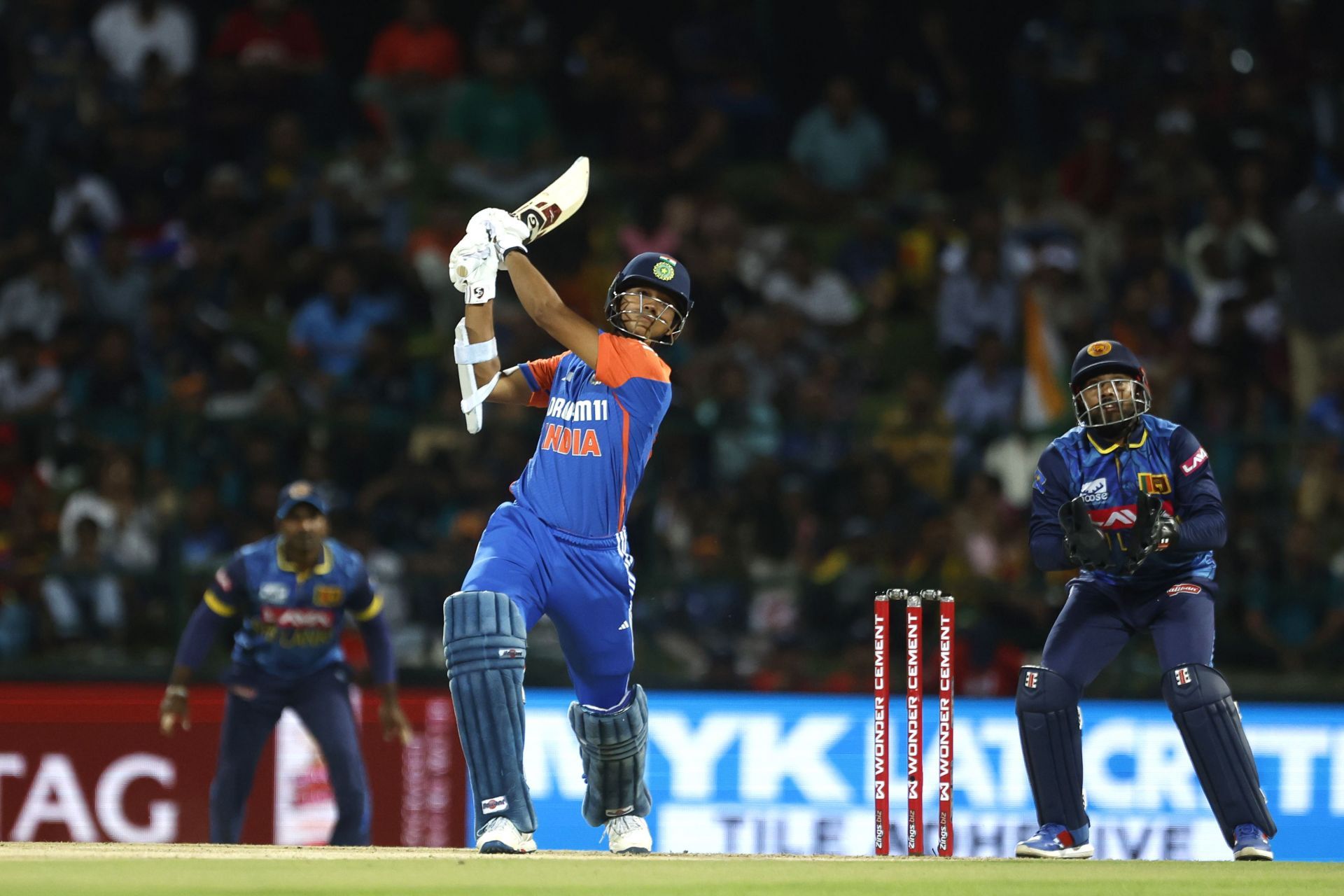
Leg and off: Do India need a left-hander in the top 5 of their ODI XI?
India went down to Sri Lanka 2-0 in the recently concluded three-match ODI series at the R. Premadasa Stadium in Colombo. The Men in Blue started as the favorites, having not lost a single bilateral ODI series to the Lankans since 1997. However, Sri Lanka spun a web around India's batters to clinch their first ODI series win over India in a bilateral contest in 27 years.
There was a shockingly similar pattern to India's batting performance in all three matches. They got off to a blazing start courtesy of the in-form skipper Rohit Sharma. However, once he was dismissed, the visitors completely lost their way and crumbled against the likes of Dunith Wellalage and Jeffrey Vandersay.
Significantly, India modified their batting order in all three ODI matches to ensure that there was at least one left-hander in their top five. Washington Sundar batted at four in the first ODI, which ended in a tie. In the second ODI, Shivam Dube and Axar Patel occupied the No. 4 and No. 5 slots, respectively. As for the final match, keeper-batter Rishabh Pant batted at No. 4.
Merely being a left-hander is not good enough for batting promotion
It is often said that having a left-right combination out in the middle makes life tough for bowlers as they have to constantly change their line and angles as the batters rotate the strike. Over the years, there have been numerous successful left-right batting pairs in international cricket.
While there are no two ways about the fact that a left-right combination greatly challenges bowlers, it is equally true that merely being a left-handed batter cannot be a cause for promotion. If we look at the left-handers that India tried out in the one-dayers against Sri Lanka, Sundar looked out of sorts at No. 4. Dube and Pant also failed to make an impact.
Of all the southpaws tried by the Indian think tank in the ODI series against Sri Lanka, only Axar stood out while batting in the top five. He scored a run-a-ball 44 in the second one-dayer, hitting four fours and two sixes before chipping a return catch to Charith Asalanka. Despite his defiant effort, though, he was sent out to bat at No. 6 in the third ODI and was bowled by Wellalage for 2.
Axar can be groomed as a No. 5 batter for India in ODIs

While there is no hard and fast rule that a team must have a left-hander in the top five in the one-day format, having one gives the side an advantage. For that, though, the batter must possess the technique and patience to play the long innings.
As for now, Axar is being looked at as a floater in the batting order. However, he has displayed the talent to make an impact when sent higher up the order. If indeed, Team India are looking for a left-handed batter in the top five, Axar can be groomed for the role.
Over the last couple of years, the 30-year-old has shown tremendous improvement in his batting. He now has the confidence that he can win games for India with the willow. Also, Axar has all the basics in place to succeed as a batter in the top five in one-day cricket. He has a compact technique, is good against pace and spin and has the game to take on the bowling when the situation demands.
If Team India want to go down that path, though, they need to give him a consistent run in the top five in the ODI format. Unlike in T20Is, shuffling batters up and down the order might not work in the 50-over format. The series in Sri Lanka was a demonstration of the same.
India need Jaiswal at the top of the order in ODIs

Irrespective of whether the Men in Blue want to promote Axar in the batting order, they must look at a way to get Yashasvi Jaiswal into in the playing XI in one-dayers at the top of the order. Shubman Gill has, of course, been the preferred choice in ODIs recently, but Jaiswal, apart from being an aggressive left-hander, has made a significant impact in T20Is so far.
If we look at his T20I career so far, the 22-year-old has smacked 723 runs in 22 innings at an average of 36.15 and a strike rate of 164.31, with one hundred and five half-centuries. The time has come to give him a run in the ODI format as well. Jaiswal perfectly fits into the scheme of things about the kind of ultra-aggressive approach India have adopted at the top in white-ball cricket of late.
Of course, Gill himself has done a very good job in the one-day format. In 47 innings, he has 2328 runs to his name at an average of 58.20 and a strike rate of 101.74, with six hundreds and 13 fifties. As such, it would be unfair to drop him. So, bizarre as it may sound, because Rohit is unlikely to be part of the next ODI World Cup, he would do well to make way for Jaiswal at the top in the not-so-distant future.